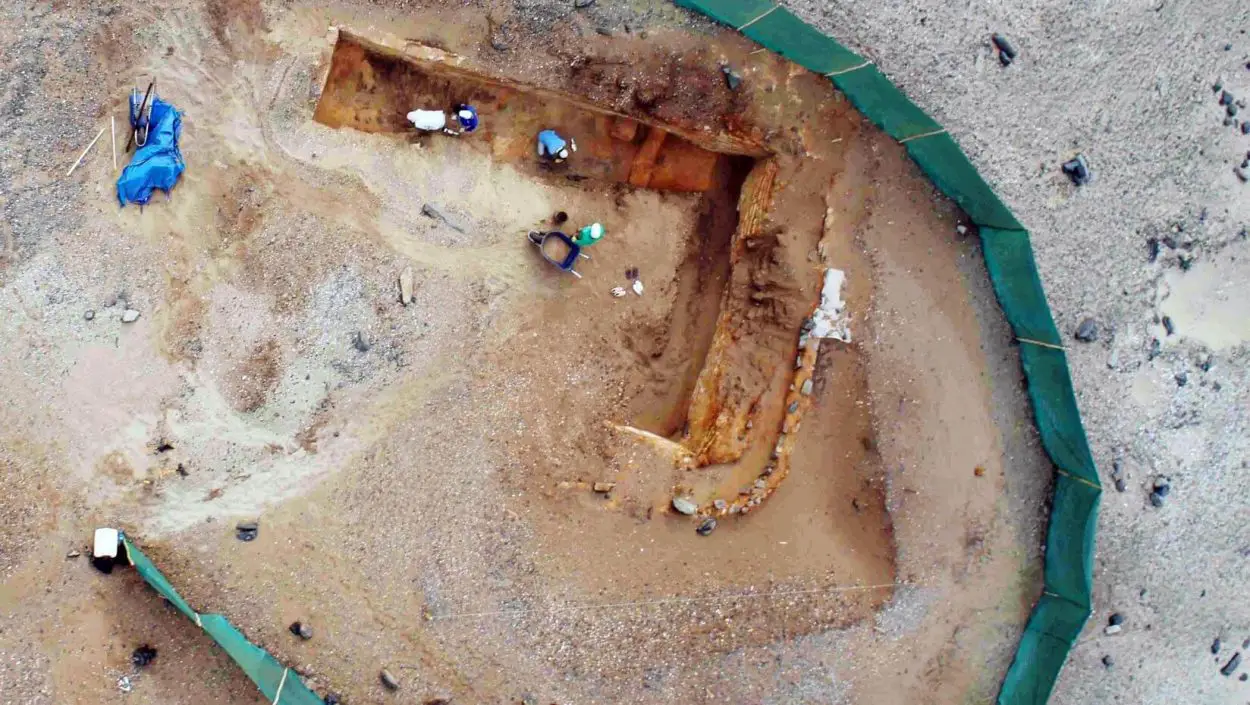Archaeologists have discovered the oldest known adobe architecture in the Americas in the Pampa de las Salinas on the north coast of Peru.
Excavations were conducted by an international team, led by the Pontifical Catholic University of Peru (PUCP) at the site of Los Morteros in the Chao Valley.
Previous studies had identified an extensive mound-shaped feature thought to be a burial site built through a combination of human activity or aeolian windblown sediment processes. In 2012, excavations uncovered a long occupation history evident in stone hearths containing small fish bones, charcoal, and scallop shells.
In the latest study published in the Proceedings of the National Academy of Sciences and the journal Nature, the researchers led by archaeologist Ana Cecilia Mauricio discovered adobe architecture, believed to be the oldest on the continent and dating from around 5500-5100 years ago, predating the ancient site of Caral by almost 1000 years.
Adobes or mud bricks are constructive elements that have defined the main architectural traditions of the Andes over thousands of years. They can be found in the Moche pyramids and the ancient city of Chan Chan in pre-Hispanic times, to the Spanish mansions of the colonial period and rural houses in contemporary South America.
The structures found at Los Morteros were made using adobe cut from natural clay deposits, created by floods caused by the El Niño phenomenon, whilst later pre-Hispanic adobe bricks were made more durable by mixing clay with temper and water.
The researchers suggest that Los Morteros had a similar function to the pyramids found at Caral, but were built on a smaller scale for communal ceremonies and gives further insight into the origin of monumental constructions and the evolution of adobe technology.
Pontifical Catholic University of Peru
Header Image Credit : Pontifical Catholic University of Peru







